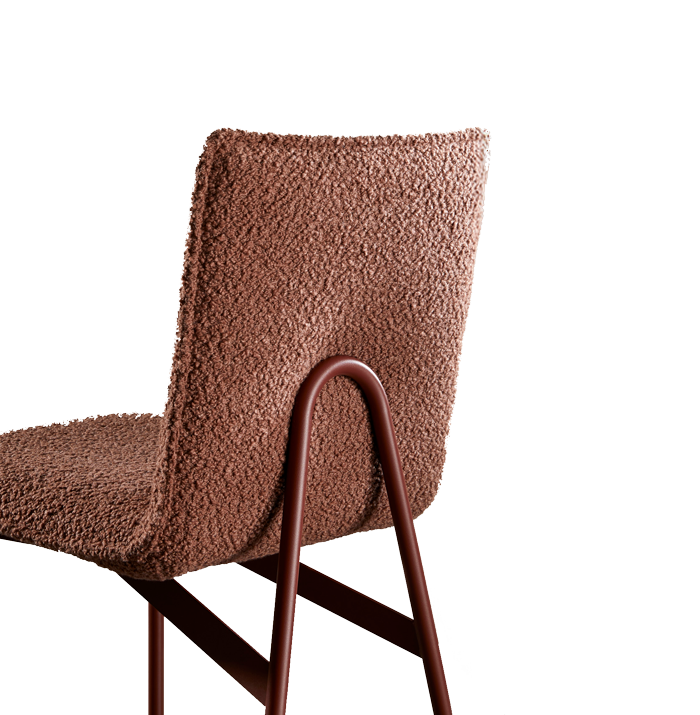What makes a project stand out in a particular region? Why does regionalism in design count in today’s world of increasing urbanisation? We explore….
An in-depth understanding of an area’s climate, cultural influences, local materials or topography can go a long way in informing the architecture and design of a building or home. It is what perhaps makes one building more distinctive than many others in that region. Structures are not only site-specific; they are built in response to the local culture and climate of that place. This is at the core of regionalism.
But why is regionalism in design so relevant today? In a time of constant evolution and change, preserving a sense of place and identity has surfaced as exceedingly valuable. This has led to a paradigm shift in the overall design thought process too. Architects are now looking to more natural forms, local conditions or homegrown materials to set the tone for a project and help provide a genuine experience to its inhabitants.
At the INDE.Awards, we honour this renewed approach to design, one that takes community, locality, sustainability and human experience into consideration. Here we explore a few projects from the INDE’s past and present shortlists that embody the essence of regionalism in design.
Krakani-lumi
INDE’s 2018 ‘Best of the Best’ winning projects, krakani lumi by Taylor & Hinds Architects is one of the most excellent examples of regionalism. This standing camp in Tasmania’s North East National Park, tells the heartfelt tale of its surrounding landscape and community through its design. In terms of materiality, the individual structures have been clad in charred Tasmanian timber, cleverly camouflaging the camp when not in use. The exteriors are robust and resilient to the corrosive sea air. Internally, quilted wallaby furs, also referred to as reore, have replaced traditional bedding lending a more authentic feel to the experience. The interiors are a stunning reflection of the seasonal shelters of Tasmania’s oldest populace.

Photo by Adam Gibson, courtesy of Taylor & Hinds Architects
Brick Cave
With regionalism so profoundly rooted in the idea of creating visual harmony between a building and its surroundings, Brick Cave – a 2019 INDE.Awards shortlist project – definitely deserves a mention. Designed by Vietnam-based H&P Architects, this Hanoi-based structure has been designed to reflect its natural environment (a cave, more accurately). What’s truly interesting though is how the building looks towards embracing nature and preserving local tradition in an area otherwise brimming with urbanisation. Locally sourced bricks make up the core of this building. As a material that is widely used in rural Vietnam, bricks seemed like a natural choice for the architects. Two layers of brick walls ensure the passage has enough light, air and rain where needed while eliminating excessive, sunshine, dust and noise from travelling indoors. With a combination of closed and open spaces, inhabitants are able to experience a sense of a large free space in sync with the comfort and safety of a private home.

Photo by Nguyen Tien Thanh, courtesy of H&P Architects.
Waltzing Matilda Centre
An ode to the epic Australian ballad, the Waltzing Matilda Centre in Winton, Queensland goes beyond its functional brief to include elements that provide a fitting response to the local culture and landscape of the region. Cox Architecture redesigned the interpretative centre – also a 2019 shortlisted project at the INDE’s – which is interestingly also the biggest driver for grey nomad tourism in the region. The rugged landscape and the unique geological features of the area can be seen reflected in the design of the building. The design references elements like rock formations, water movement and billabongs, as a way of stirring the senses and creating an authentic Australian country experience.

Photo by Christopher Fredrick Jones, courtesy of Cox Architecture.
Writer and poet Octavio Paz once said: ‘to be truly modern, we must first reconcile ourselves with our traditions.’ It’s amazing how these projects resonate so deeply with this idea.
When it comes to regionalism, design brands too can be seen stepping up. With an extensive presence across the Asia-Pacific market for commercial furniture (supply and design), Zenith embodies what it means to be local in a global context. With a tailored approach towards design, it works closely with organisations to understand their needs, in turn providing solutions that help foster a culture of collaboration, productivity and sharing.
Zenith is the proud partner of The Best of the Best at the 2019 INDE.Awards.







